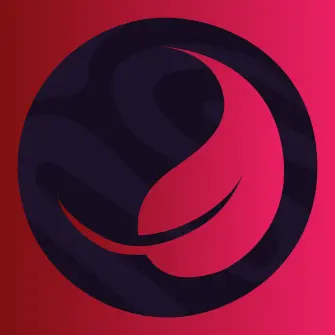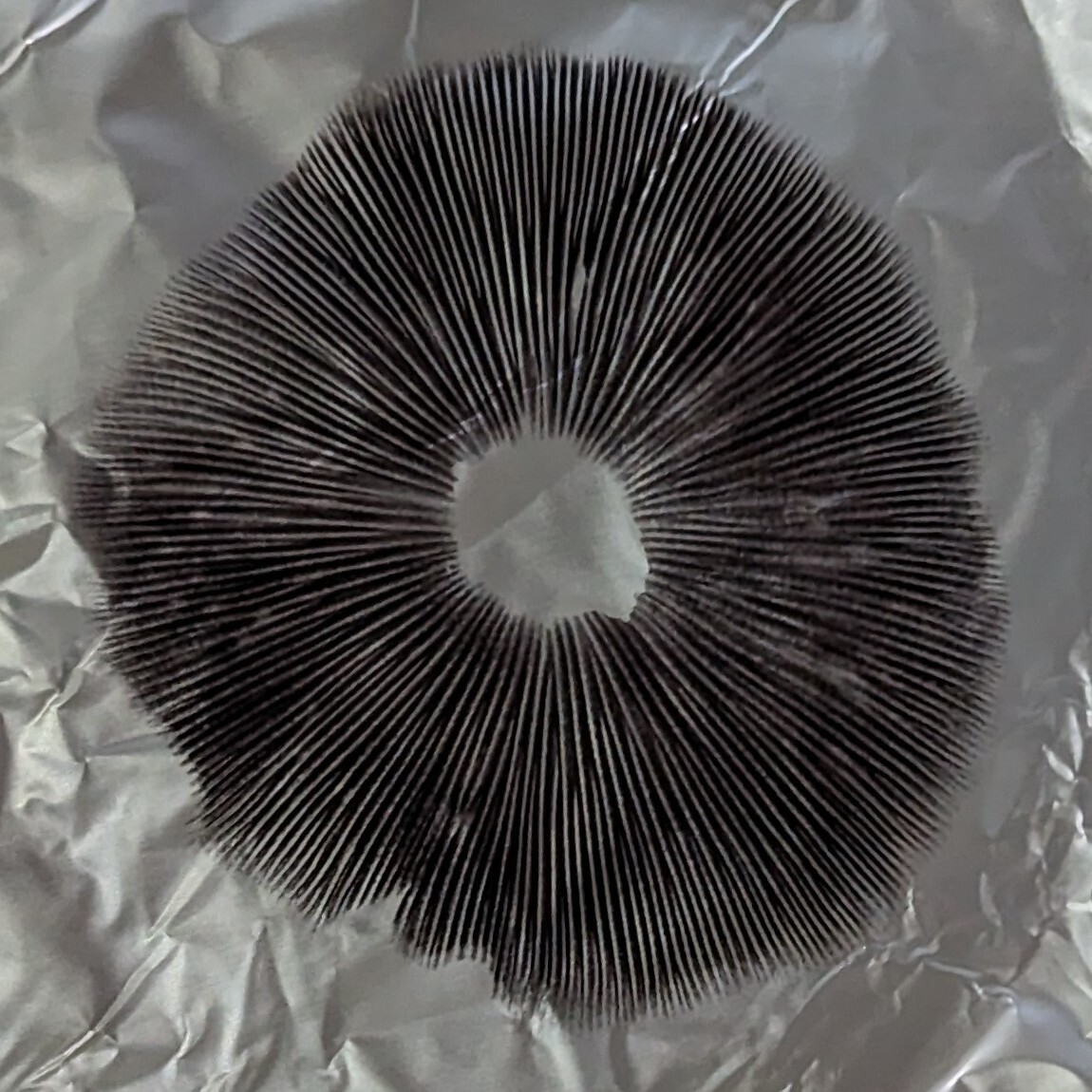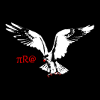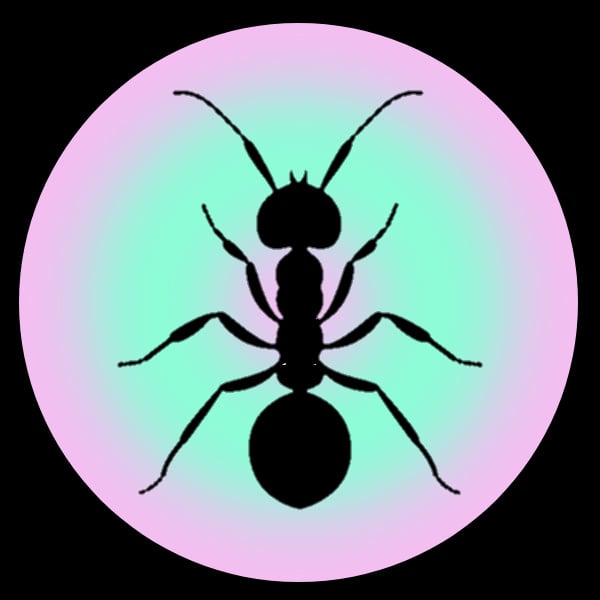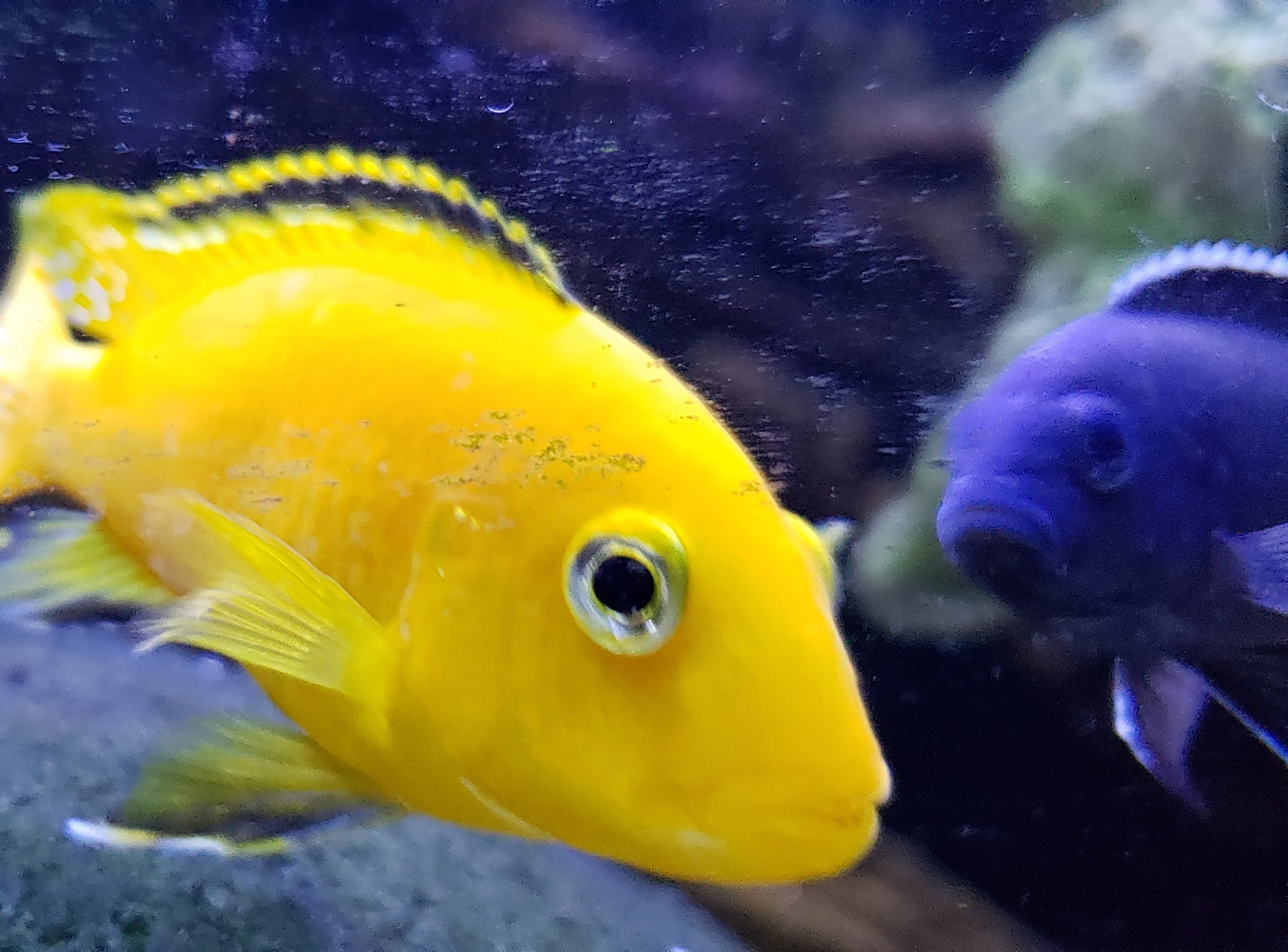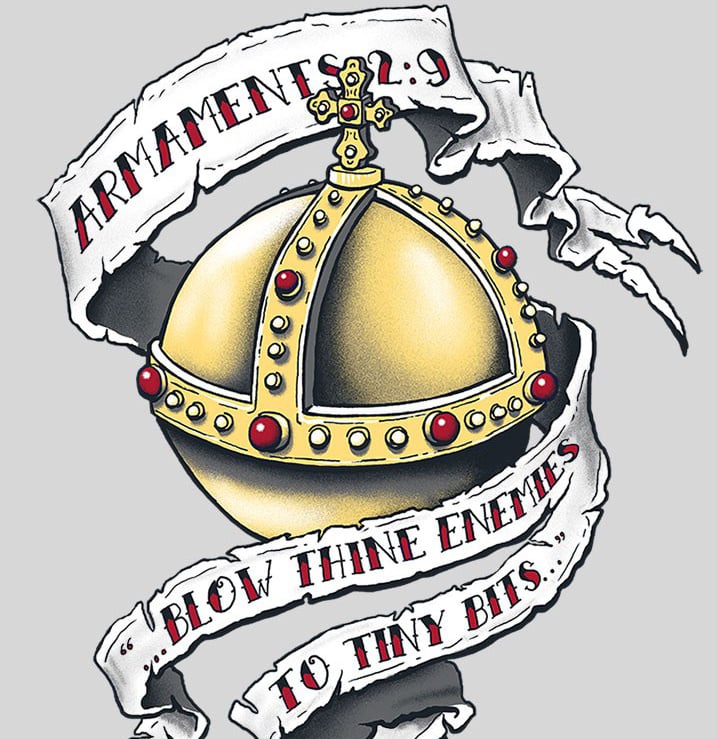To be fair, zero is a complicated number
It’s to scare people off from dividing by it.
They have to sell zero to a US owned company.
I’m sure the chinese have equivalent memes about having to learn arabic numbers, at least you don’t have to use it in written out numbers, 20 is 二十, two-ten, 200 is 二百, two-hundred, 2000 is 二千, two-thousand, 200,000 is 二十万, two-hundred-thousand.
There less memorizing irregular words like twelve and X-teen and converting 30 to thirty, since it’s all pronounced as written.
It probably sounds silly but I quite enjoy not memorizing different names for days of the weeks and months like when I was learning french … Lundi, Mardi …
Nice to be like 星期一,星期二,星期三 … for week days and 一月,二月,三月… for months.
Same, and not having to remember different versions of words for tense and gender is great. Where Chinese gets you back though, is measure words. Is a can of beans many 颗? 粒? One 包? Oh I was supposed to remember 罐?
I mean tbf you’re addressing a can of bean, so 罐 is correct. It’s the container that count, not the content.
It’s the container that count, not the content
That’s not what Mr Rogers taught me
Okay but what if that can of beans can suck its own dick?
I don’t mind the measure words so much because you can always use the generic one and people will understand, it’s the tones that really mess me up.
I find the tones are hard, but I find it’s easier to remember them within a sentence than for individual worlds. Good news is if you mess it up, context still makes it possible to figure out what you meant.
Dumplings vs sleep…it still gets me
lol there are just so many words that basically sound the same and mean completely different things
I like how in French it’s almost the same as in English. Monday = Moon Day = Lunar Day = Lundi
Tuesday = Tyr’s Day = Mars’ Day (both being the god of war) = MardiThis seems like it would be difficult for the visually impaired.
The separate counter for 10,000 does my head in
I lived in Korea for a while where they also do the ten thousand thing. I got used to it for numbers up to about ten million, but then would get quickly lost.
Since everybody was making a couple million won a month, knowing numbers that big was necessary.
Shhhh they don’t need to know that yet.
Yeah, every time I see it i think “man”
Same, my brain can’t comprehend the counting behind that
Japanese pronounces some numbers different depending on what you are counting. Is this the same for Chinese?
I think there are certain phrases found in different dialects of Chinese. In Cantonese, the formal way of reading twenty is 十二, but the colloquial term would be 廿.
Edit: Should be 二十
十二 not 二十?
Whoops! You got that right. Should be 二十
the number 2 is said “liǎng” more commonly; it’s like saying “a couple” but more strictly. “èr” is used for counting or maths
No, but whenever you have something that’s countable (even if it’s just 1), you have to do <number> <measure word> <thing>, so instead of “I have a ticket” or “we want 2 waters”, you have to do “I have 1 <measure word for flat things> ticket” or “I(plural) want 2 <measure word for cups> water”.
There’s a generic measure word, but I think it’s seen as improper to use it.
Yea, Chinese people understand when you do that, but they first look at you with this confused look thinking ‘he wants two chopstic pieces?’ and then realize you have a vocabulary of a two-year-old.
Source:lived in China long enough to learn yo ask for things, but not long enough to learn the countable nouns.
A bit like confusing much and many or some and any, which I did a lot when I first learnt English.
Afaik, no. Japanese either uses 音読み onyomi = Chinese reading (literally “sound reading”, 音 = sound, 読み = reading) and 訓読み Kunyomi = Japanese reading (訓 has multiple kanji meanings. I learned it as “instruction”. Sites list the meanings as 訓 = instruction, Japanese character reading, explanation, read) for words that have kanji (Chinese characters). The original Chinese characters don’t have a “Japanese reading” afaik. They are Chinese after all.
Bro first of all, no one should ever freeze a gyro, second, will you please elaborate because that is 100% interesting
Basically certain words use a different counter, and it changes how you would say 1, 2, 3 etc. so there is a counter for big living things, small living things, flat things, round things, money etc. A lot of the numbers are similar with slight changes in pronunciation.
So instead of ichi for 1, it might be ippon, ittou, issoku etc. if you know it’s a counter you can usually tell what the number is from the start of the word. Though there are exceptions like hitotsu, which is also one. Though if they use the “Chinese” characters you can know what it means when reading it without knowing how it’s actually pronounced.
0 = diarrhea man. Got it!

What the fuck
swap.avi
I would have interpreted that as ‘prolapse’
Good thing no one is expecting me to provide translations
It’s clearly a man pissing his name into the snow (in simplified Chinese)
Good energy, it just didn’t work here. It would if you had the word bussy: 菊
It’s literally “crysanthemum”, but that makes it funnier that the other meaning is arsehole. Somebody obviously decided they look similar. Not specifically a male arsehole, mind.
干爆我的菊花
This does not literally mean “explode my crysanthemum flower”.
You didn’t translate the first character “干”, originally means “do”, and like in English, eventually evolved to “fuck”, like in “do me”.
To make things even worse, 干 also means dry, when using a different tone. And 爆 is also a cooking technique, where they stir fry diced (or sliced) meat with very high heat to cook, resulting in a crispy and dry exterior and juicy inside.
A famous joke is that 干爆鸭子 (when written) can simultaneous mean the delicious “crispy diced duck”, or “fuck the duck until it explodes”.
I did gloss over that, yes.
Yeah, why didn’t they just go with 0 lines?
Edit: /s
It’s basically what Arabic numerals did.
“I circled the zero lines here.”
Holy shit… That means fonts that differentiate Zero from Capital O with a dot or line are technically false…
Sometimes you need to explicitly state a zero and a blank space could be misconstrued.
ITT, a bunch of people who know literally nothing about this subject offering explanations.
The character 零 (“líng”) contains a semantic component (on the top) and a sound component (on the bottom), the semantic component is 雨, meaning rain, and the sound component is 令 “lìng”.
The word initially referred to very light rain and so the character essentially means “the type of rain that sounds like lìng”. For whatever reason the meaning drifted from very light rain towards “barely any” and then “nothing/zero”.
The bottom/top usage is simple, the “zero” is the receiving hole and the “one” is the penetrating appendage, i.e. the submissive versus the dominant partner. That usage is definitely slang, though!
So basically the word for zero is “drizzle”?
That’s awesome
Ultimately that’s the origin of the character. Although it’s quite common to see “〇” in written shorthand when 零 is being used as a middle or final zero in a number otherwise written in characters, like 906 could be written as 九零六 or 九〇六.
So my Chinese is pretty distant from actual usage, but when did 906 stop being 九百六?
In spoken language 九百六 isn’t 906 but 960 ( shortened version of 九百六十), 906 is 九百零六.
Sorry, it wasn’t clear at all - that’s meant to be a number string, like for a key code or phone number.
Ah! Makes sense!
Thank you for giving the correct explanation. Pretty sure all those other “explanations” are just jokes though.
What about 无, In what context is that used?
To not have or be without, more of a verb, somewhat literary.
I dont know Chinese but it probable means empty or something.
According to wiktionary, it means to wither and fall, in some contexts it’s used to refer to rain or tears.
It also means bottom(in gay contexts). lmao what that zerussy do?
一 (one) also means top (in gay contexts). It’s because 0 looks like a hole and 1 looks like a penis.
Hmmm, like death? as in cease to exist? Very interesting anyways.
No, death is 4 actually. Nobody knows why.
We do know why, it’s because death 死 and four 四 have the same pronunciation sǐ in Chinese (and shi in Japanese).
No shit, but why is it a homophone with such a common word?
homophones are common in Chinese and Japanese because there’s only so many potential readings of a hieroglyph, but each one has a different meaning
Sure, but they’re often different enough to to be obvious in context, or similar enough to have a shared etymology.
Tones came later in Chinese, so when you have 2 homophones with similar meaning and different tones, they’re usually from words that had 2 suffixes, which were later dropped, but the tone of first part remained, 买 and 卖 didn’t end up with the same word by coincidence.
deleted by creator
It meant “falling from the heavans”/ “rain”
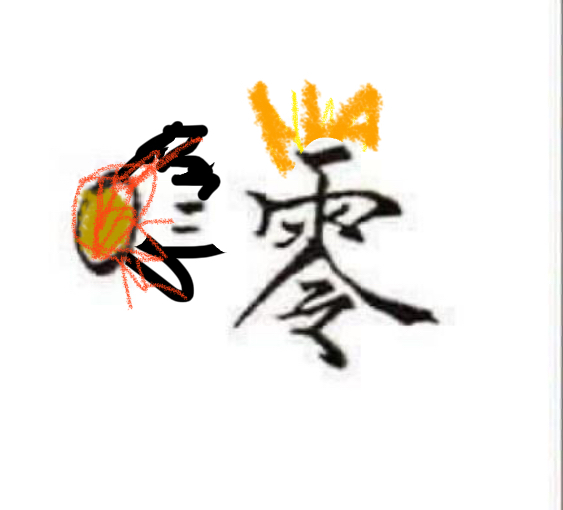
wdym complicated? it’s easy!
壹貳參肆伍陸柒捌玖拾 see? easy!
For everyone who don’t know, this is the complicated version of Chinese numbers. In modern days, they are mostly used in writing cheques, because these characters are not as easily modified as the simple version.
deleted by creator
Even as a Hongkonger myself, I have no idea. We just see these characters as ancient numbers.
Also, if you write 柒 in an informal context, it is considered offensive.
The character used to refer to a type of tree sap, but shares the same pronounciation as 七. I’m guessing the reason it’s considered offensive is because the top component implies ejaculation, but that’s something I’d need to check!
Traditional chinese. It scares me.
Nope, these are bank numerals for banknotes and checks
Which is also traditional Chinese …
No. The two, three, and six are different between simplified and traditional:
貳 | 贰
參 | 叁
陸 | 陆
Damn, didnt know that, thx
It’s a dude with his hands on his hips and his shadow beneath him.

He’s also going wtf is this
Probably because zero is technically a concept not a number. Roman numerals didn’t even have a zero
When I went to China about 5 years ago, all the numbers were Arabic numbers. Not sure if this is a regional thing, or if this is a more recent development.
The Chinese numbers are already in use ages ago and (as far as I know) predates the Ming dynasty. Fun fact, there are both “upper case” Chinese numbers (壹,貳,叁,⋯) and “lower case” numbers (一,二,三,⋯). The uppercase numbers are still used in official documents, esp. monetary ones such as checks to indicate the monetary value. For example: “壹拾贰万叁仟肆佰伍拾陆元整” means “¥123,456”. According to Wikipedia, this is done to prevent the numbers from being doctored, like changing 1 to 7.
It’s true that the lower case numbers aren’t used as much, but they are still used in text when the number is less than ten, e.g. “I have three children” -> “我有三个孩子” as opposed to “我有 3 个孩子”, for better paragraph consistency, typesetting and whatnot. However the Chinese numbers will become too long for anything greater than a hundred, so it’s all Arabic numbers after that.
Source: am Chinese
That’s super interesting! I barely know any Chinese and probably just assumed the characters were for language instead of numbers.
The public transit system used arabic numbers (maybe as well as the Chinese characters?), so at least that was easy to navigate lolWow! Uppercase numbers. Fascinating.
So the uppercase numbers include phonetic? They look each so different.
Do you mean their prononciations? They’re the same cuz in reality, they represent the same number - like “A” and “a”.
Using Chinese characters instead of Arabic numerals is the equivalent of spelling out numbers in English.
You probably looked over it, both are used.
That’s definitely the case since I can’t read Chinese lol
Zero looks like an angry man with a long mustache and goatee.
That is because the specific calligraphy style, 零 looks more like a old man (depending on your font)
Well, it couldn’t be the natural progression.
I mean I kind of get it, it’s symbol based, and the symbol kind of looks like an all consuming void sucking things up, a representation of the absence of things
